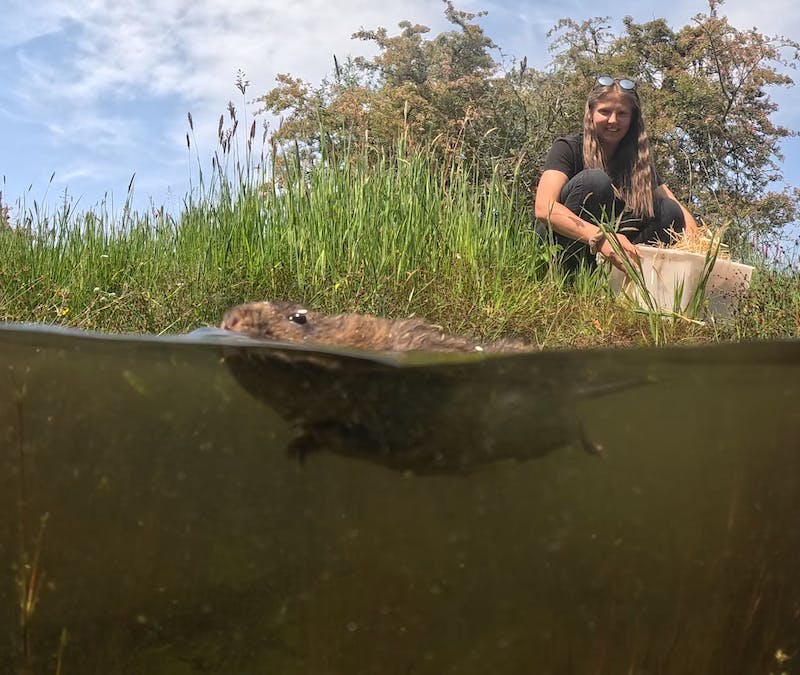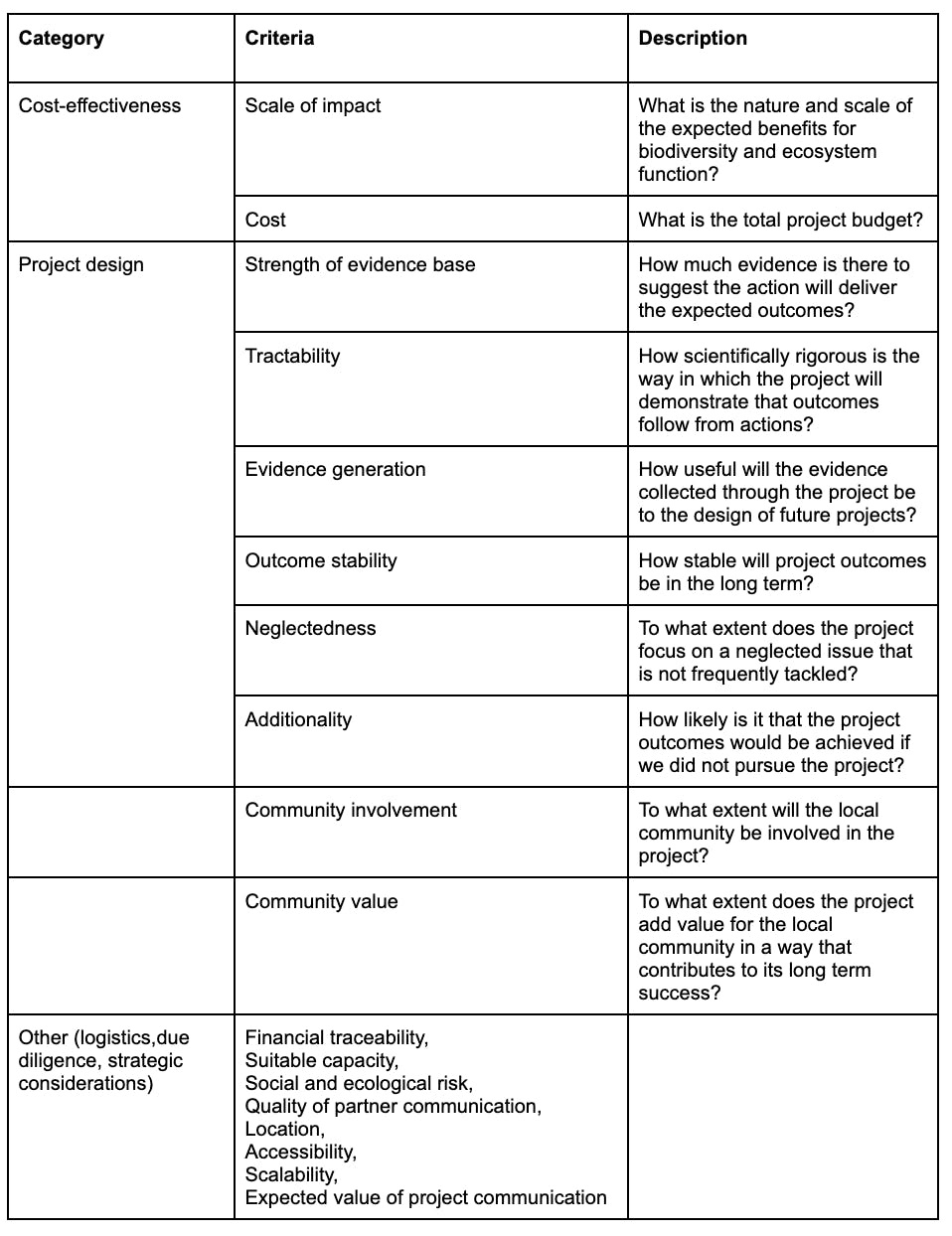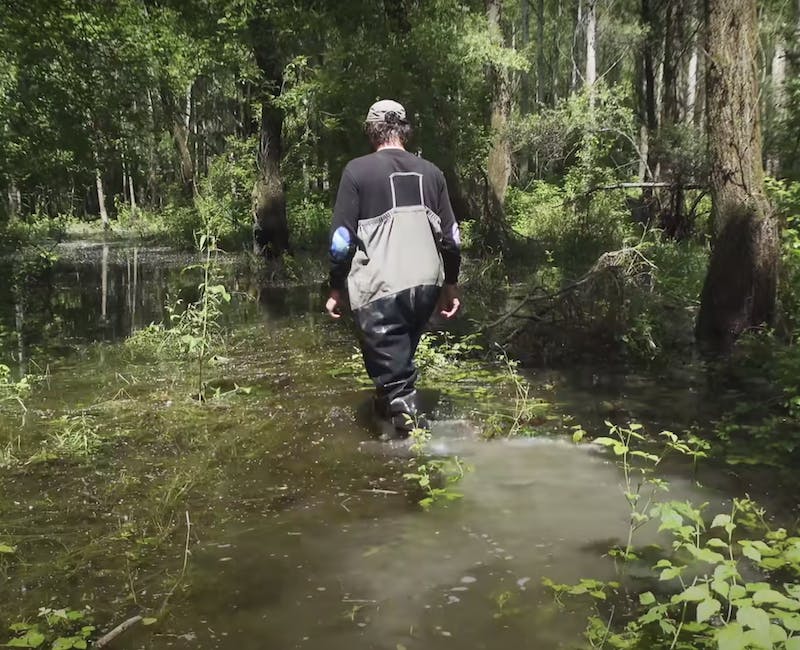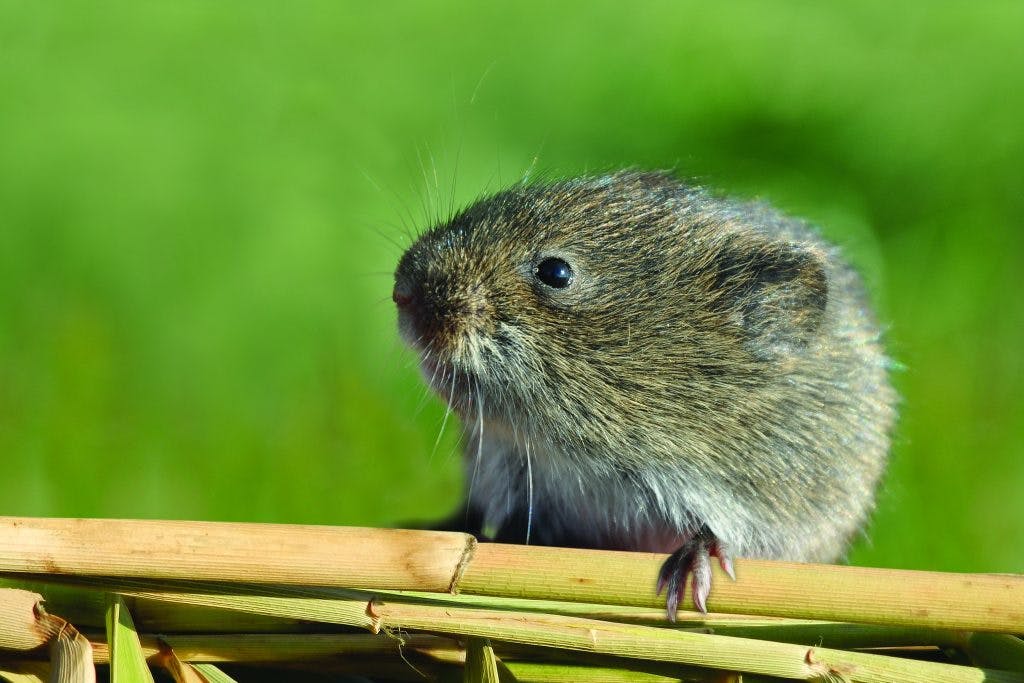There are a wide range of opportunities to restore nature that are available for us to explore. However, ensuring we select the ideas that align with our goals and strategy to have the most impact possible is not always straightforward. To identify, assess and plan our rewilding projects more effectively, we have created a project development protocol to concentrate our efforts on the most suitable opportunities. These are the stages we follow to achieve this.
Origin of project ideas
Getting an influx of good project ideas is an essential part of our project development protocol and selection process. We get suggestions from our community and we also ensure our current project partners understand which actions we look to support so they can send us suitable ideas. Sometimes ongoing projects also open up new avenues to pursue. On top of this, our conservation biologists research new areas where our member’s funding can go a long way, such as neglected issues and those where simple interventions lead to widespread ecological benefits.
After an initial check by our conservation biologists to see if the idea fits our goals and strategy, we move on to collect key details to determine if we should pursue it further. This is done through a concept note form that is filled in by the project team.

Assessment of project ideas
The next step of the process is to run the potential project through our scoring and selection system. We have defined the criteria that we consider most important to our decision process and we score the project for each of these criteria (summarised in this table):
We explored a few ways of using these criteria but found that adding scores to give a final ranking created challenges in weighting and ranking the criteria and whether scores were linear and equidistant. We didn’t want to lose the nuance of which categories were the deciding factors so our scoring process has taken the form of a multi-criteria analysis which is considered to be more appropriate for these situations. It's particularly useful where you have a number of good alternatives to choose from and many different factors to take into account, which is a situation we frequently find ourselves in as Mossy Earth grows.
Since we developed this approach, we are finding that it allows us to clearly identify the trade-offs between different project options. In some cases, it has even strengthened the project design where weakness and solutions could be identified. The goal is for the tool to continue to evolve and improve as we use it.

Project planning:
Once we decide we want to go ahead with a project, the planning process starts. If the project is led by one of our biologists, they are the ones writing the management plan with the help of relevant experts and stakeholders as needed. If the project is led by one of our partners, they are the ones writing the plan, which then gets reviewed by our biologists in an iterative process. This is where the project management plan is evaluated in detail including:
- The rationale for how the intervention is expected to influence the system and lead to lasting change.
- The evidence there is to support important claims within that rationale.
- How and when outcomes should be achieved and monitored.
The final document is meant to provide a clear description of the why, how and when of the project actions and monitoring activities as well as other key details about the project. Here is an example of a management plan.

Accountability via Pre-registration
A key mechanism we use to ensure that we are held accountable is to be clear about our objectives for a project before we start and to make this information publicly available.
We do this by sharing the management plans on our project pages and explaining the goals in our project videos. This is comparable to the pre-registration of scientific articles where researchers specify the hypothesis they intend to test before actually carrying out their research which can help improve the validity of research findings. In our case, it means that we effectively commit to sharing all project outcomes and any lessons learned rather than cherry picking cases for positive results.
